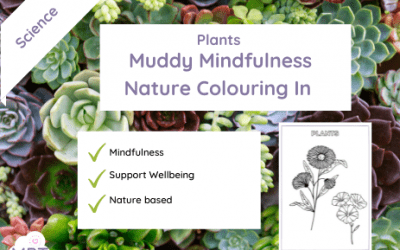Outdoor Spanish Scavenger Hunt
Mar 7, 2022
Teaching Spanish Outdoors: Engaging Children in Language Learning Teaching Spanish outdoors can significantly enhance...
Outdoor German Scavenger Hunt
Mar 7, 2022
New resources in, now take languages outside the classroom! Take your german lesson outside in the fresh air! Outdoor...
Outdoor French Scavenger Hunt
Mar 7, 2022
Launching our new Outdoor Languages resources, head outside in the fresh air learning practically and in context. ...
Class Temperature Record (Daily)
Mar 7, 2022
Help your children grasp a practical understanding of temperatures by putting them into context. Use Class...
Class Weather Chart (Daily)
Mar 7, 2022
Use this handy Class Weather Chart to record the weather daily but also find time to reflect on why weather happens...
Seed Dispersal
Feb 28, 2022
Use this template to allow children to show their understanding of the scheme of work.
Lifecycle of a broad bean
Feb 28, 2022
Apply The lifecycle of a Broad Bean as part of our Year 3 Scheme of Work for plants.
Transporting Water Plants Investigation
Feb 28, 2022
Apply Transporting Water Investigation as a nature-based experiment for Year 3's.
Transporting Water in Plants
Feb 28, 2022
Transporting Water in plants is a great activity to use post outdoor learning to assess the children's understanding.
Muddy Yoga Display Cards
Feb 27, 2022
Muddy Yoga Growth Mindset (Full Pack)
Feb 27, 2022
Use Muddy Yoga Growth Mindset to add some muddy, outdoor wellbeing techniques to your PE and PSHE lessons
Muddy Yoga Growth Mindset
Feb 27, 2022
Use Muddy Yoga Growth Mindset (Free Pack) to take your yoga outside.
Earth Day Word Search
Feb 27, 2022
Use Earth Day Word Search to help embed a love for the planet and to put a focus on the key areas and words of the...
Bugs (Mini beasts) Mindfulness Colour In
Feb 27, 2022
The Benefits of Mindfulness Colouring Sheets for Children In an increasingly fast-paced and digitally-driven world,...
Plants Mindfulness Colouring In
Feb 27, 2022
Use Plants Mindfulness Colouring In as part of your Science learning or as a brain break to help children be mindful...
Earth Day – Nature Mindfulness Colouring In
Feb 27, 2022
Use Earth Day - Nature Mindfulness Colouring In to take some time out to focus on the world. Allow the children some...
Science Week – Nature Mindfulness Colouring In
Feb 27, 2022
Download Science Week - Nature Mindfulness Colouring In, to put a sustainable focus on the children's learning this...
New In

World Bee Day (Babies)

Outdoor Learning Ideas (Ropes) KS1

Outdoor Learning Ideas using Ropes (EYFS)

10 Outdoor Valentines Day Lesson Ideas

10 Outdoor VE Ideas – KS1

10 Outdoor Ideas for VE Day – EYFS

100 Outdoor Learning Ideas

Year 1 Punctuation (Rope Method)

Nature Flash Cards (Outdoor Learning) – Non-Verbal Cue Cards



















